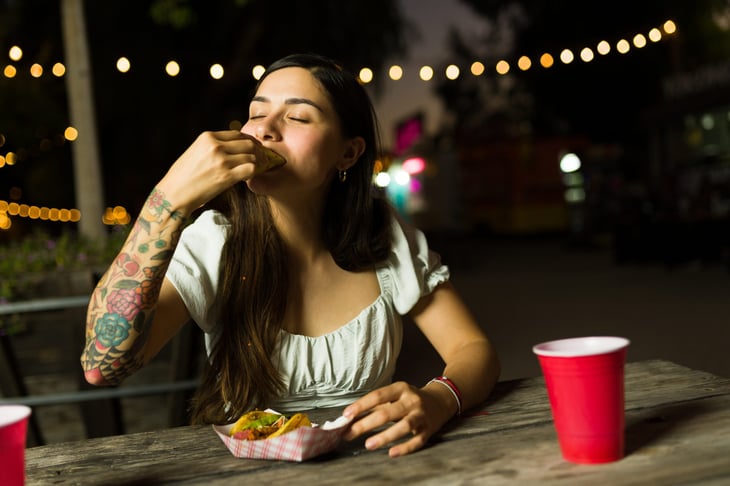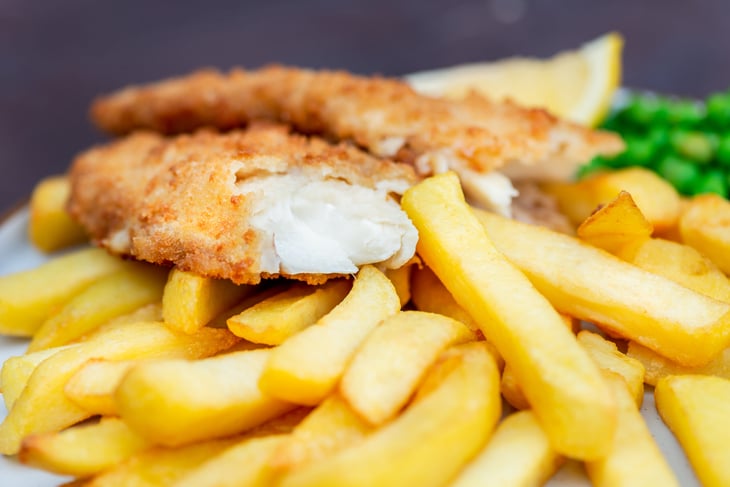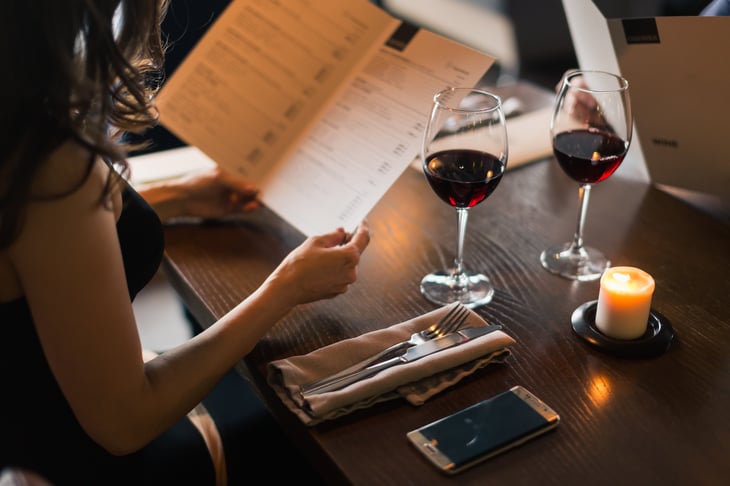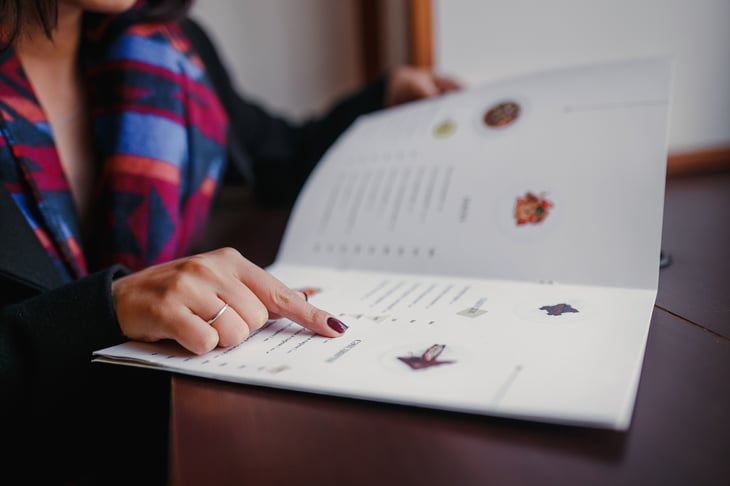
When you open a menu, you’re looking at a marketing tool that’s designed to steer you toward choices that increase profits for the restaurant you’re visiting.
Like all businesses, restaurants exist to make money. The goal of menu design is to draw attention to the items they are most eager to sell. Typically, these are the costliest choices.
So, knowing the techniques of menu design will make you a wiser consumer — and likely save you some money the next time you dine out.
Following are several ways menus can influence your choices.
1. Creating food descriptions that make your mouth water

One technique that restaurants use to boost sales is making entrees sound too yummy to pass up, regardless of their cost, says Alison Pearlman, author of the book “May We Suggest: Restaurant Menus and the Art of Persuasion.”
For example, instead of simply listing “steaks,” they may describe cuts of meat as tender and juicy. Instead of simply offering “fried chicken,” menus often describe it as crispy and delicious.
“If you just had a dish without the description, it wouldn’t be nearly as effective,” Pearlman tells Money Talks News. “Sales will go up about 27% when you add descriptive copy to the items.”
2. Using images that build expectations

Some restaurants use tempting images along with evocative descriptions to engage diners. Color photographs of appealing dishes can draw you to featured items.
To meet guest expectations, kitchen staffs create meals that closely match the promise offered by the photographs, says Pearlman.
3. Using price decoys

Consumers are often averse to choosing the most expensive items on menus. So, some restaurants might place very expensive entrees next to slightly less expensive dishes to make them look cheap by comparison.
For example, seeing another entree listed for $40 makes a $30 entree seem more reasonable.
The costlier items are sometimes referred to as “decoys,” and they steer you toward more “affordable” options.
4. Listing prices without dollar signs

Another psychological trick that restaurants often employ is leaving dollar signs off menu prices.
A 2009 study by Cornell University found that guests who viewed numeral-only menus spent a great deal more than guests who viewed menus with prices that included dollar signs.
5. Making prices difficult to compare

Since customers tend to shop by price, many restaurants avoid creating menus that make it easy for patrons to compare the costs of meals.
If the menu lists its offerings lined up in a long column, then people will find the cheapest items.
For the restaurant, the goal is to have people focus on the food that is offered, not the cost of each item.
6. Highlighting expensive items

Restaurants use multiple techniques to draw the customer’s eye to the menu items that they want to sell. For example, these techniques include:
- Describing dishes in larger letters
- Placing boxes around some dishes
- Leaving more white space around each dish
The idea is to showcase the most profitable menu items.
Meanwhile, restaurants often place items that they are less eager to sell at the back of their menus.
7. Offering fewer choices

If a menu contains too many items, readers can become confused and fall back on familiar and inexpensive dishes.
Some restaurants find they can increase sales simply by giving patrons fewer choices. They may include their best and most expensive items and omit the rest.
Menus divided into sections — such as “steaks,” “salads” and “seafood” — might include no more than, say, seven items in each section, with restaurants thinking anything more might overwhelm customers.
8. Building confidence through cleanliness

Restaurants use their cleanliness to attract customers and win their confidence — and it all begins with the menu, says Pearlman.
If customers see dirt or stains on a menu, they are likely to walk out of the establishment. That’s because they believe that menu cleanliness reflects the quality of the food that will come out of the kitchen.
A clean menu helps put people in the mood to relax and open up their wallets.





Add a Comment
Our Policy: We welcome relevant and respectful comments in order to foster healthy and informative discussions. All other comments may be removed. Comments with links are automatically held for moderation.